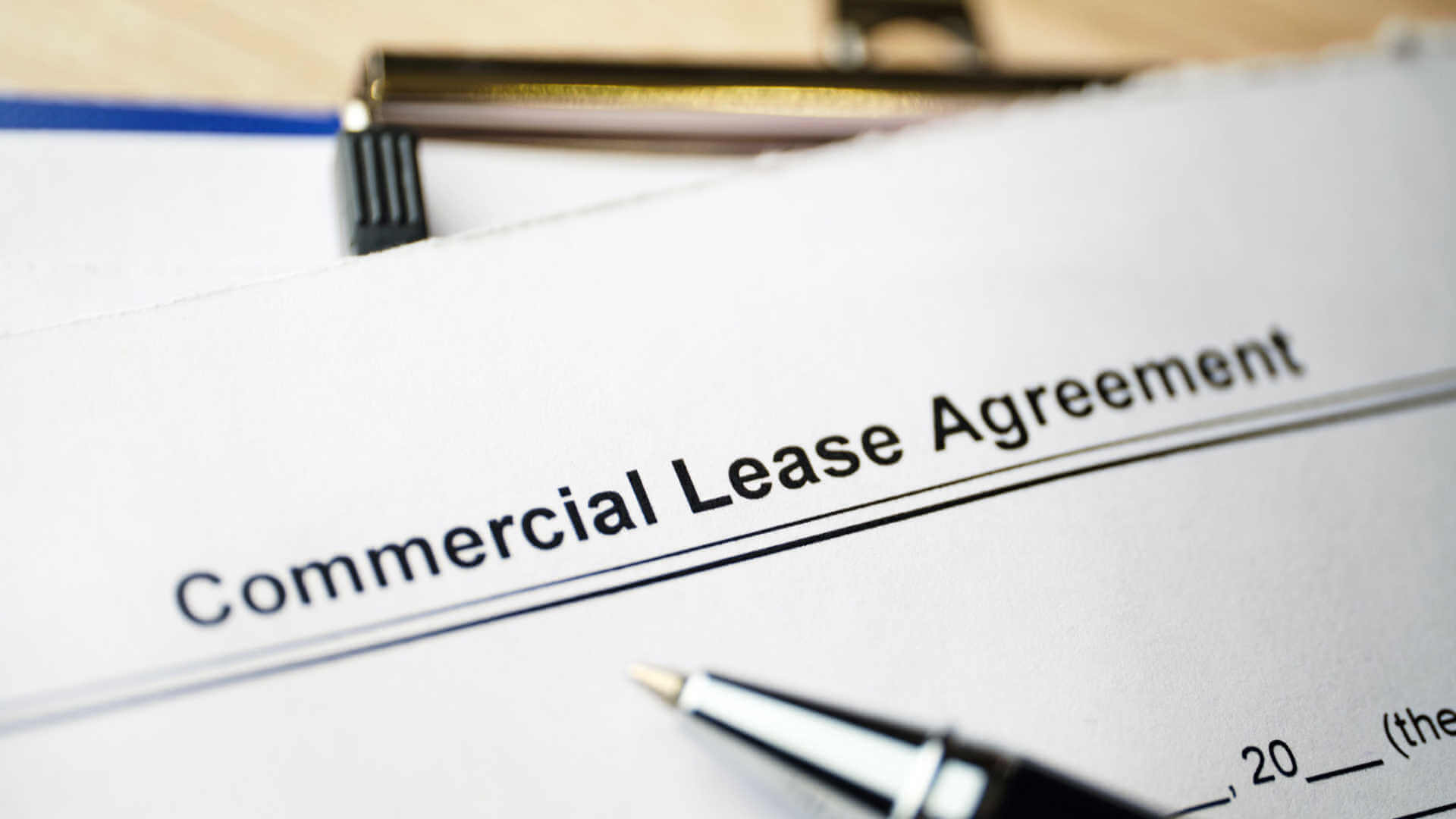5 Types of Commercial Leases

When you are an entrepreneur, you need to have someplace to operate your business. It’s challenging to build a location like this and almost as tricky to find one available for purchase. If you run a business that requires certain tools, utilities, and/or space size, you’re more likely to find places available to lease. There are malls and strip outlets built around providing places for all kinds of businesses, but they rarely sell. They want businesses to come in and rent the space, but you don’t have to be at the mercy of the leases they offer. There are several types of commercial leases you can negotiate for.
Commercial lease agreements come in many forms, but not everyone is familiar with them. Sometimes if you’re desperate for a location, you may not have a lot of bargaining power, but if you have options or have been a long-time tenant, you can negotiate for a better or preferred leasing agreement.
The different types of commercial lease agreements vary based on who pays for what expense. A different commercial lease agreement from what you are currently using may help you save money and gain more control of your business. That’s why it’s worth researching.
The real estate attorneys at Mazzoni Valvano Szewczyk & Karam have experience with negotiating and writing lease contracts for commercial businesses. If you need help understanding what’s the best option for you, contact our attorneys.
Types of Commercial Lease Agreements
There are about five different types of commercial leases, and one of them has several subtypes itself.
1. Full-Service Lease
In full-service leases, also known as gross leases, you are responsible for the base rent and all utilities. Utilities don’t include building expenses, maintenance costs, insurance, and real estate taxes. These are the responsibility of the landlord. In this type of lease, it is possible for you to incur additional expenses on top of your base rent after you’ve been there for a year. Before your first lease term is up, you should renegotiate your lease. This is the most common type of lease.
2. Net Lease
A commercial net lease is when the tenants pay the vast majority of the building’s operating expenses. These are known as common area maintenance fees, property taxes, and insurance. But specifying that the tenant pays the majority of the property fees is a vague requirement. Two net leases can be vastly different, so there are several types of net leases. These include:
- Triple Net Lease: Also known as a “NNN” lease, this is where the tenant agrees to pay the property’s operating expenses during the lease period. This will include utilities, maintenance fees, building insurance, and property taxes. To offshoot this cost, the regular rent is usually much cheaper, lasts longer, and has protections against rent hikes.
- Double Net Lease: Also known as an “NN” lease, this is when the tenant agrees to pay the property taxes, utilities, and building insurance in exchange for a smaller monthly rent. The landlord will still pay the maintenance costs, but save for unexpected circumstances, the landlord should still be paying less.
- Single Net Lease: Also known as an “N” lease, this is when the tenant only pays for the rent, utilities, and property taxes, while the landlord pays for the building insurance and maintenance.
3. Modified Gross Lease
A modified gross lease is where the tenant pays a base rent, utilities, and a portion of the business operating costs in terms of utilities. Modified gross leases also tend to have temporary terms and conditions. This means it’s common for what tenants pay to change after a year.
Sometimes they can go from paying the base rent and utilities for the first year to paying a pro-rata share of the building’s operating costs altogether. For example, if the business occupies 50% of the building, they pay for 50% of the building’s costs. This can lead to the tenant paying for more or less than they use to depending on how much of the operating costs are due to their business.
4. Absolute NNN Lease
In this type of commercial lease agreement, the landlord is absolved of all responsibility for the property’s expenses in every way. Even a triple net lease still has a landlord who can pay for building repairs that the tenant doesn’t want to pay for.
In an absolute NNN lease, the landlord doesn’t have the power to do that. This may give the tenant larger costs, but they are rewarded with absolute freedom to make changes to the property or to let things fall into decay with little financial repercussions from the landlord. This is perfect for a business that wants to control its property but doesn’t want to pay the upfront cost of buying the whole thing.
5. Percentage Lease
This is where the tenant pays the base rent and some level of utilities but also has to pay the landlord a percentage of the business’s sales. The landlord will be responsible for the property taxes, insurance, and maintenance of the property.
The average percentage in a percentage lease is 7%, and if a landlord asks for more, it might warrant negotiation or finding a new location.
Get the Commercial Lease Agreement That’s Best for You
After you figure out which option is the right financial decision for you, make sure you have a real estate attorney at your side when you get your lease agreement. We’ll review it to make sure it’s the kind you’re seeking and help with legal negotiations.
Also, if you’re unsure what type of commercial lease agreement your landlord is asking you to sign, contact an attorney to review it. Our attorneys can help with it as well. Contact our law firm today.

